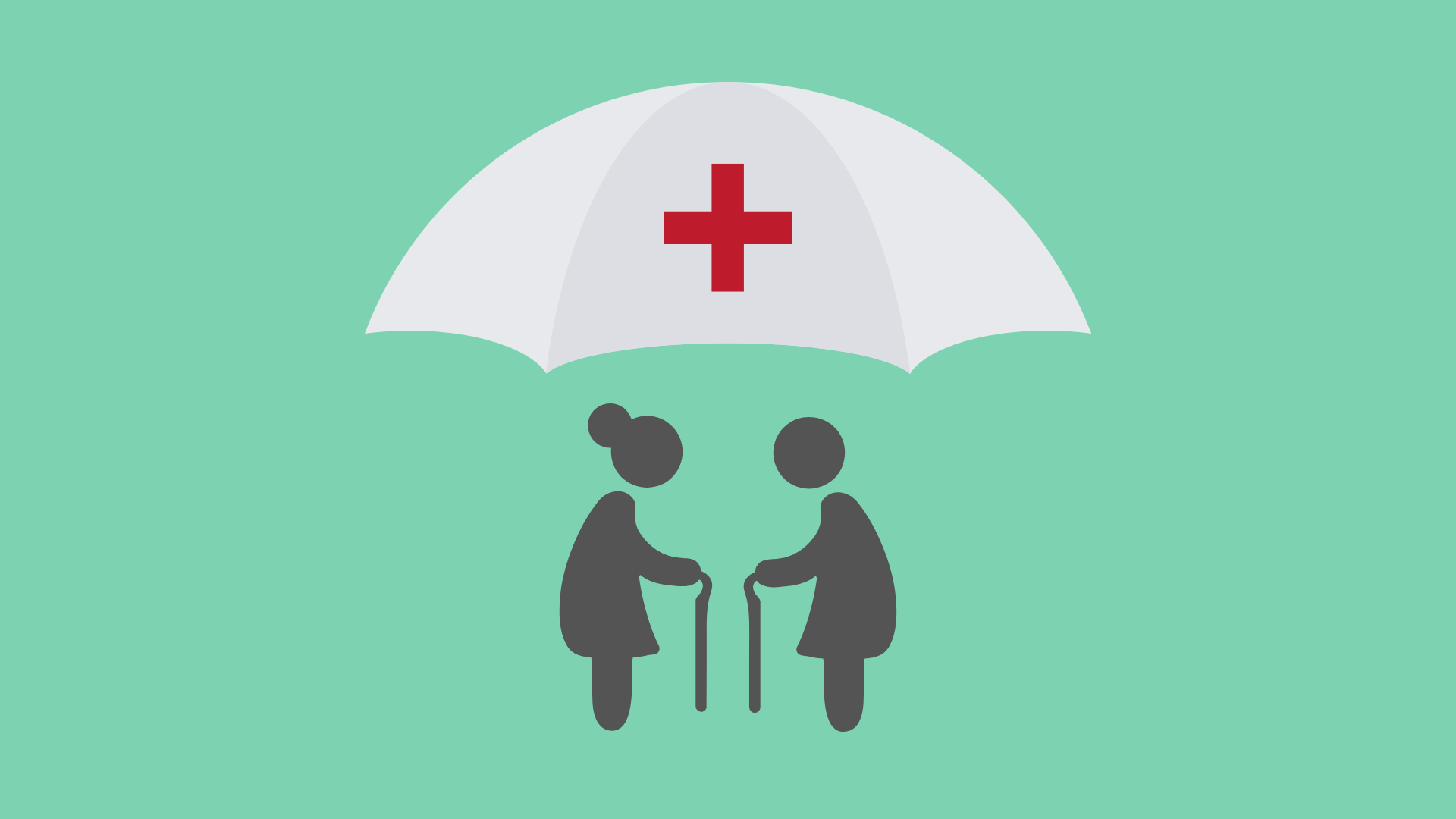Understanding the Essentials: A Comprehensive Guide to Medical Insurance Options
A clear understanding of the numerous types of strategies-- such as HMO, PPO, EPO, and POS-- along with key financial terms like copayments, deductibles, and costs, is important for making notified decisions. This guide intends to debunk the intricate world of health insurance policy, furnishing you with the knowledge to select a strategy that lines up with your individual medical care needs and monetary objectives.
Kinds Of Medical Insurance Plans
When navigating the complex landscape of health care insurance coverage, recognizing the various sorts of medical insurance strategies is crucial. Primarily, wellness insurance coverage plans can be classified into 4 major types: Health and wellness Maintenance Company (HMO), Preferred Provider Company (PPO), Unique copyright Organization (EPO), and Point of Service (POS) strategies. Each kind uses unique functions and advantages, tailored to fulfill diverse healthcare requirements.
HMO plans call for members to choose a key treatment medical professional (PCP) and obtain recommendations from the PCP to see specialists. This design highlights preventive care and commonly limits protection to a network of providers, which assists to manage costs. Conversely, PPO plans provide higher flexibility, allowing members to see any kind of doctor without a referral, though they incentivize making use of network carriers via minimized prices.
EPO strategies combine aspects of HMO and PPO strategies, providing lower costs however calling for members to make use of a certain service provider network without requiring referrals. Health insurance agency in Houston. POS plans integrate characteristics of PPOs and hmos, requiring a PCP and referrals while allowing out-of-network treatment at greater out-of-pocket expenses. Comprehending these differences is essential for selecting a plan that aligns with individual medical care preferences and requirements
Recognizing Expenses and premiums
Premiums vary based on aspects such as the individual's age, area, and type of plan chosen. It's vital to keep in mind that a reduced costs may not constantly equate to reduce total expenses, as these strategies could have greater deductibles and out-of-pocket expenditures.
In addition to costs, other cost considerations include deductibles, copayments, and coinsurance. The insurance deductible is the amount you pay before the insurance starts covering your clinical expenditures. Strategies with higher deductibles commonly have reduced costs. Copayments are repaired amounts paid for specific solutions, such as doctor visits, while coinsurance is a portion of the expense shared between the insured and the insurer after meeting the deductible.
Understanding these expenses can help you estimate your possible medical care expenses and choose a strategy lining up with your budget plan and healthcare requirements. Examining prices versus insurance coverage will enable you to choose a strategy that uses the most value and protection.
Coverage and Conveniences Explained
Although comprehending the breadth of protection and benefits is crucial in choosing the right health insurance policy plan, the specifics can often be complicated. Medical insurance protection typically includes important health benefits such as hospitalization, outpatient treatment, emergency situation services, pregnancy and newborn care, mental health and wellness services, and prescription medicines. In addition, precautionary solutions like vaccinations and testings are commonly covered without a co-payment, as mandated by the Affordable Treatment Act for compliant plans.
Each plan may vary significantly in regards to protection levels and exclusions. It is vital to inspect the Summary of Benefits and Protection (SBC) record, which details protected services, cost-sharing duties, and any type of restrictions or exceptions. For instance, some plans may cover alternate therapies such as chiropractic treatment, while others do not.

Carefully examining the degree of protection and advantages guarantees that the picked plan lines up with specific health demands and financial conditions, providing essential protection and tranquility of mind.
Navigating copyright Networks
In the realm of wellness insurance coverage, comprehending company networks is essential for ensuring accessibility to recommended clinical services and handling costs effectively. Service provider networks are a collection of healthcare specialists, facilities, and solutions that have actually partnered with insurance coverage firms to provide medical treatment to insured people.
The kind of copyright network in a health strategy significantly influences patient out-of-pocket costs and accessibility to care. Common network kinds include Health Upkeep Organizations (HMOs), Preferred Service Provider Organizations (PPOs), and Exclusive Supplier Organizations (EPOs)
To navigate properly, it is vital to examine each plan's network information, guaranteeing favored informative post providers and facilities are included, and consider how network limitations line up with individual health care requirements.

Trick Terms and Interpretations
Recognizing crucial terms and interpretations in health and wellness insurance policy is important for making informed choices regarding insurance coverage choices. Familiarity with these terms can assist people understand their policy records, compare plans properly, and prepare for potential expenses.
" Copayment" or "copay" is the set fee paid by the insured individual for specific solutions, such as physician visits or prescriptions. Furthermore, "coinsurance" refers to the portion of expenses that the guaranteed need to pay after fulfilling the deductible. Comprehending the "out-of-pocket optimum" is additionally important; it stands for the most an individual will certainly pay in a plan duration, after which the insurer covers 100% of allowable costs.
Furthermore, terms like "network" refer to the group of doctor acquired with an insurer to offer services at decreased rates. Finally, the "Explanation of Benefits" (EOB) is a document sent by insurance providers describing what was covered, what the individual owes, and why. Mastering these terms help in navigating health insurance policy landscapes efficiently.

Conclusion
An extensive understanding of medical insurance basics is critical for making informed healthcare decisions. Familiarity with numerous strategy kinds, such as HMO, PPO, EPO, and POS, along with vital terms like costs, deductibles, copayments, and coinsurance, allows people to review possible costs successfully. By lining up healthcare preferences with the ideal strategy, appropriate insurance coverage and economic protection can be made certain. Navigating company networks and comprehending protection and benefits better boost the capability to select an optimal medical insurance strategy.
When navigating the facility landscape of medical care insurance coverage, comprehending the various see this kinds of wellness insurance coverage plans is crucial. Mainly, wellness insurance coverage plans can be categorized right into four main kinds: Health and wellness Upkeep Company (HMO), Preferred Service Provider Company (PPO), Special Company Organization (EPO), and Point of Service (POS) strategies.EPO strategies merge elements of HMO and PPO strategies, providing lower prices however requiring participants to utilize a particular company network without needing recommendations.Although comprehending the breadth of coverage and benefits is crucial in selecting the ideal wellness insurance strategy, the specifics can often be complex. Browsing copyright networks and comprehending insurance coverage and benefits better enhance the ability to select an optimum wellness insurance plan.